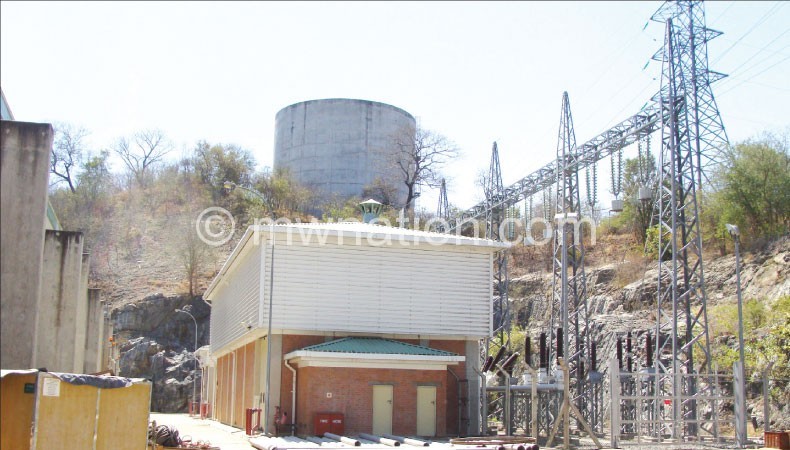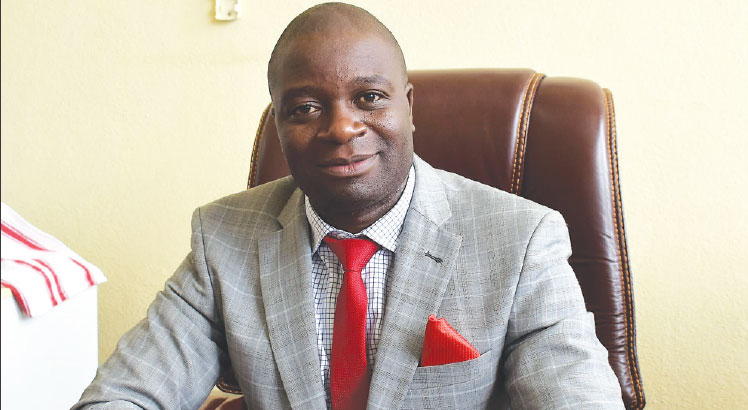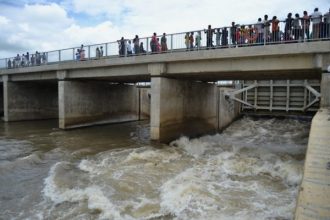Malawi rural electricity access at 2 percent
Malawi’s access to electricity in rural areas stands at a paltry two percent, one of the lowest in the region, according to government.
The situation negatively impacts on the environment and economic development, Malawi Minister of Natural Resources, Energy and Mining Atupele Muluzi has said.

But Muluzi, speaking at the opening of the Power Institute of Eastern and Southern Africa (Piesa) conference in Mangochi on Tuesday, said government has put in place initiatives to ensure that the rural population, which comprises about 80 percent of the total population is connected to the national grid.
While noting that Malawi has one of the lowest access to electricity in the region at below 10 percent, he said government has doubled efforts in both generation and access, to improve the situation.
Commenting on the importance of the conference, which included experts and manufacturers from different countries in the region, including South Africa, Zambia, Zimbabwe and Tanzania, Muluzi said it was worthwhile because the experts would share skills and experiences.
“Malawi has one of the lowest access to electricity. We have initiatives that will ensure that the customer benefits. The initiatives include clearing the backlog of those that are not yet connected to the power grid through better procurement practices,” he said.
Speaking on the sidelines of the conference, Piesa board chairperson, who is also Electricity Supply Commission of Malawi (Escom) director of distribution Peter Mtonda, said Malawi is planning to start using single-wire-earth-return transmission, a system that uses a single wire and the earth instead of three wires.
“The system will cut electricity distribution costs to rural areas by about 50 percent, thereby increasing electricity access to rural areas. This system has already been tried in Zimbabwe and Namibia,” said Mtonda, allaying fears of people getting electrocuted.
Available figures show that Malawi’s total access to electricity stands at about nine percent while about 15 million of the total 16.3 million people have no access to electricity.
According to data provided by the International Energy Agency (IEA), access to electricity in the country’s urban areas stands at 33 percent.
Apart from the Kapichira projects, government plans to construct coal-fired power plants at Kammwamba in Neno and at Chipoka in Salima to increase electricity generation capacity.





